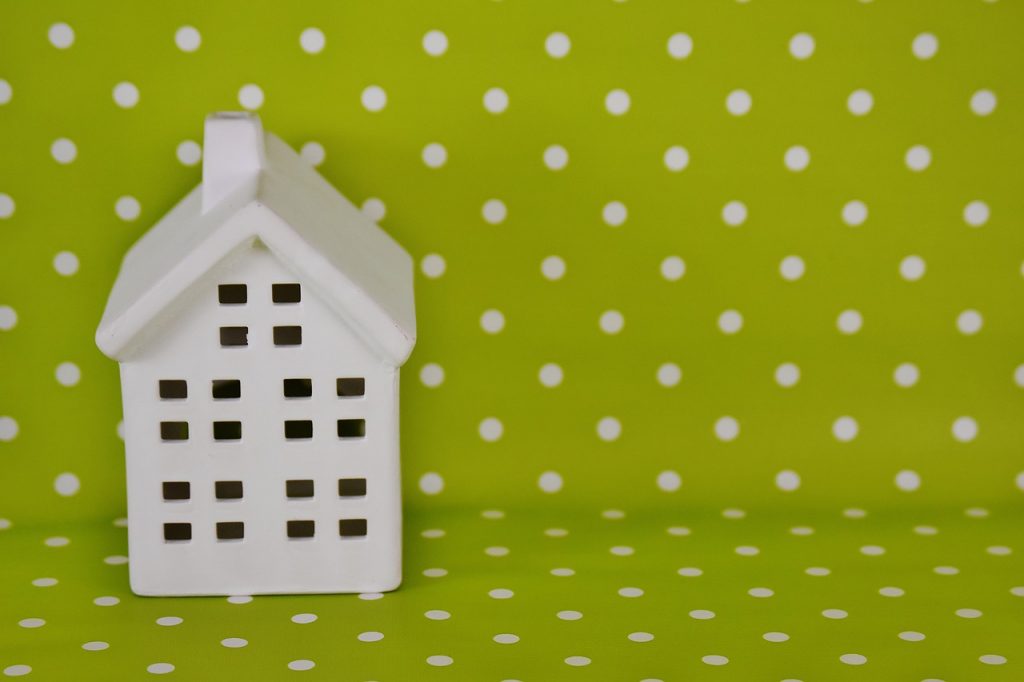Going Green: Embrace Responsible Homeownership with These Easy Tips
Being more “green” is a hot topic these days, but for some homeowners it sounds like a complex or expensive proposition. Thankfully, you can embrace more eco-friendly living without scientific equations or significant outlays of time or money. Here are some simple tips for being a more efficient, responsible homeowner.

Image courtesy of Pixabay
Living green now
Are you in a home that reasonably meets your needs, but you want to tidy up your ecological footprint? There are a number of cost-effective ways to make your house more eco-friendly.
Lighten up
Simply changing your light bulbs can pack a wallop. Switching from an incandescent to a compact fluorescent light bulb (CFL) reduces energy usage by 66 percent and lowers greenhouse gas emissions by 400 pounds. Another great option is light emitting diode (LED) bulbs. Some studies show that LED bulbs release very little heat, while incandescent bulbs release 90 percent of their energy as heat, and CFL bulbs release about 80 percent of their energy as heat. Also, LED bulbs use a bit less energy than CFL bulbs. LED bulbs typically last 15-25 years, while CFL bulbs last about 10 years.
Warm fuzzies
One way many homeowners stay warm is snuggling with the cat or dog. No pets? No problem! Add layers of clothes and throw on a lap quilt for warmth. Also, putting a throw rug on your bare floors not only feels good under your bare feet, it can save 4-6 percent on your energy bill.
Don’t be a drip
Save water by watering your landscaping with recycled water. Some professionals suggest gathering rain water in a barrel for your lawn and plants. And when you warm the water for your shower or bath, collect it for use. You can pour it into a watering can for potted plants.
Water wisdom
Several simple fixes around your home can also help you save water. Repair leaking toilets and faucets, install a low-flow toilet and shower head, rinse all your dishes at once instead of turning water on and off, and wash full loads when you run your dishwasher or laundry machine.
Go paperless
Are you still receiving hard copies of statements and invoices in your mailbox? According to GreenBiz, e-billing is probably the most overlooked way to go green. Switch from snail mail to electronic billing and payments, and save big time. It saves the company that is billing you on both paper and time, it saves your bank when it sends the payment, it saves the energy, products and time used by the postal service for delivery, and think of the greenhouse gas emissions saved throughout the process. You can even set up automated payments for many bills to ease your mind and effort. It’s a winning solution all the way around!
Home shopping and building
If you’re in the market to build or buy a home that is eco-friendly, consider construction with recycled materials whenever possible. For instance, HGTV suggests composite decking made from wood waste and plastic. It’s durable, long-lasting and low maintenance. Also look for sustainable materials, such as paper-based or bamboo countertops, Kirei board paneling, and bamboo or cork flooring. Other great flooring options include hemp and wool carpeting, which is natural, strong and biodegradable, and natural linoleum made from all raw materials. Remember to look for key items like energy-efficient windows and appliances as well. If you’re buying an existing home and planning to add eco-friendly options, budget carefully. Use an online calculator to estimate how much house you can afford, get some estimates for what you want to replace, and crunch the numbers to budget for your changes.
Simple and green
Embracing a more green lifestyle is easy. Make some simple changes in how you handle resources. Your home will leave a smaller footprint, and you’ll enjoy peace of mind knowing you’re being a more responsible homeowner.
Author
Suzie Wilson is an interior designer with more than 20 years experience. What started as a hobby (and often, a favor to friends) turned into a passion for creating soothing spaces in homes of every size and style. While her goal always includes making homes look beautiful, her true focus is on fashioning them into serene, stress-free environments that inspire tranquility in all who enter. The Ultimate Guide to Prepping Your Home for an Open House is filled with tips, tricks and other advice based on Suzie’s years of experience in interior home design that will set you up for success.
